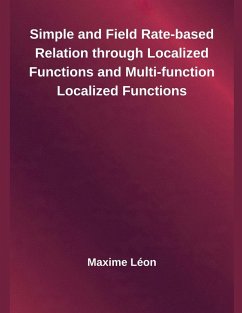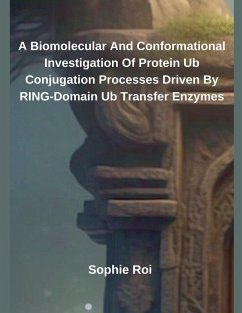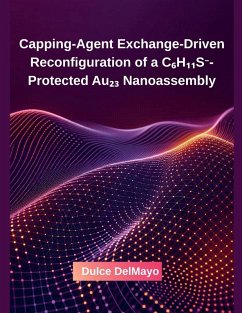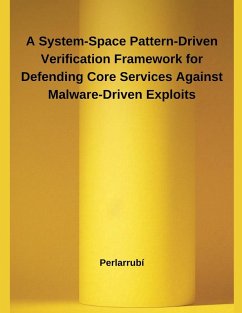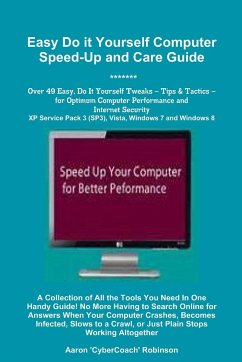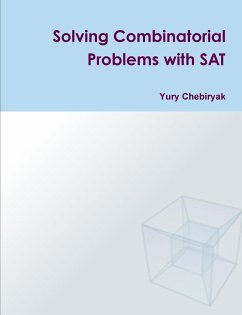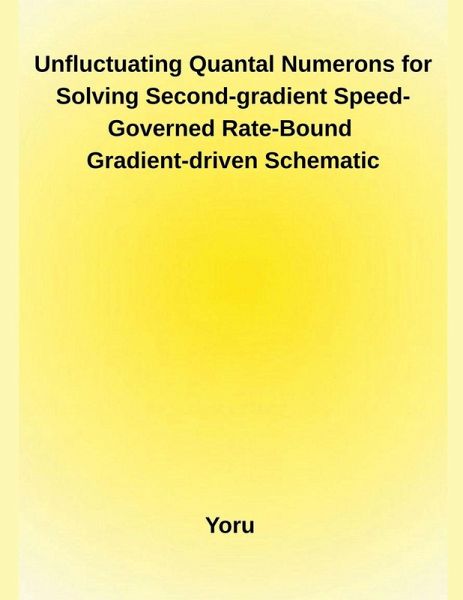
Unfluctuating Quantal Numerons for Solving Second-gradient Speed-Governed Rate-Bound Gradient-driven Schematic
Versandkostenfrei!
Versandfertig in 1-2 Wochen
30,99 €
inkl. MwSt.

PAYBACK Punkte
15 °P sammeln!
Partial differential equations form a very important branch of science. Many scien- tific phenomena can be modeled in the form of partial differential equations. In par- ticular, hyperbolic partial differential equations arise in studying wave phenomenon, mathematical modelling of diffusion processes [19], image processing, vapor phase chromatography [18], random walk of animals [4], the study and development of Magnetic Resonance Imaging (MRI) technique [57]. Problems arising from such phenomena are usually accompanied with certain initial and boundary conditions. In most of the cases, it is ...
Partial differential equations form a very important branch of science. Many scien- tific phenomena can be modeled in the form of partial differential equations. In par- ticular, hyperbolic partial differential equations arise in studying wave phenomenon, mathematical modelling of diffusion processes [19], image processing, vapor phase chromatography [18], random walk of animals [4], the study and development of Magnetic Resonance Imaging (MRI) technique [57]. Problems arising from such phenomena are usually accompanied with certain initial and boundary conditions. In most of the cases, it is a cumbersome task to find analytic solution of such prob- lems. Numerical techniques can be used to obtain approximate solutions. However, the term approximate solution does not imply that the solution obtained is not very accurate. In fact, the data of the modeled problem is usually subject to error of measurement and the rounding up of measurements to a certain number of signif- icant digits, therefore both analytic and numerical methods produce nothing but approximate solutions. Regardless, numerical methods have gained more popular- ity because of their ease of step by step implementation of a set of instructions. These step by step instructions can be moulded in the form of algorithms which are compatible with computer programming.



